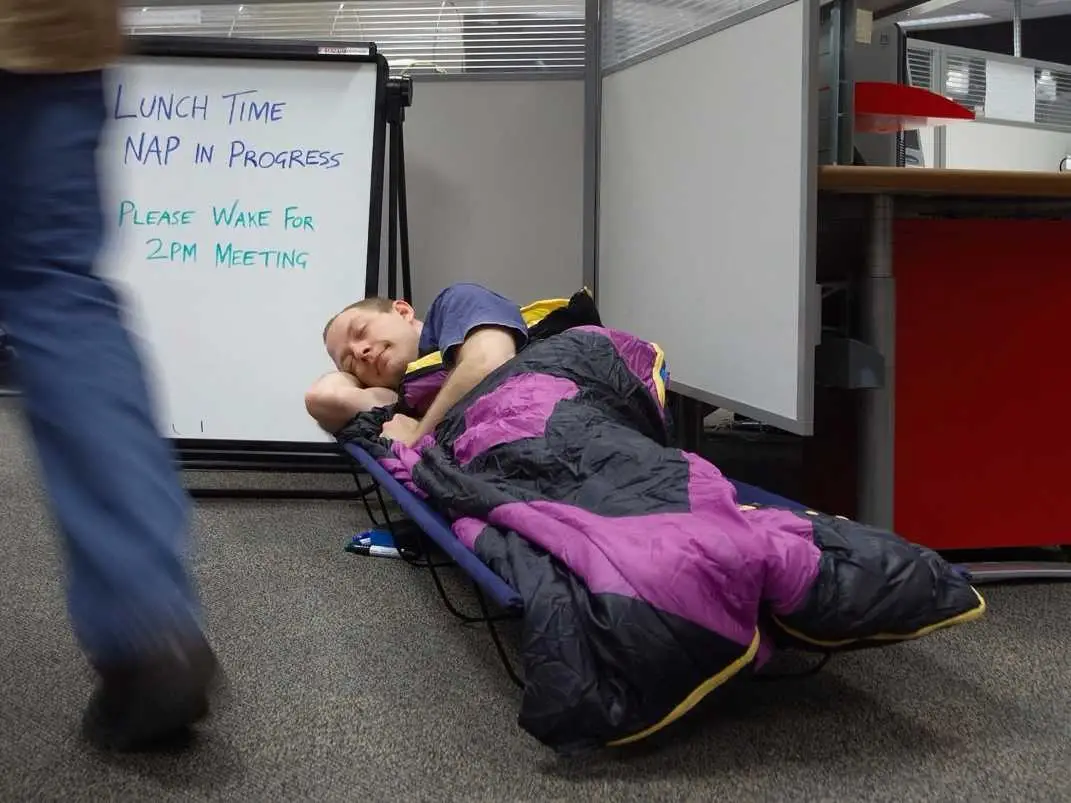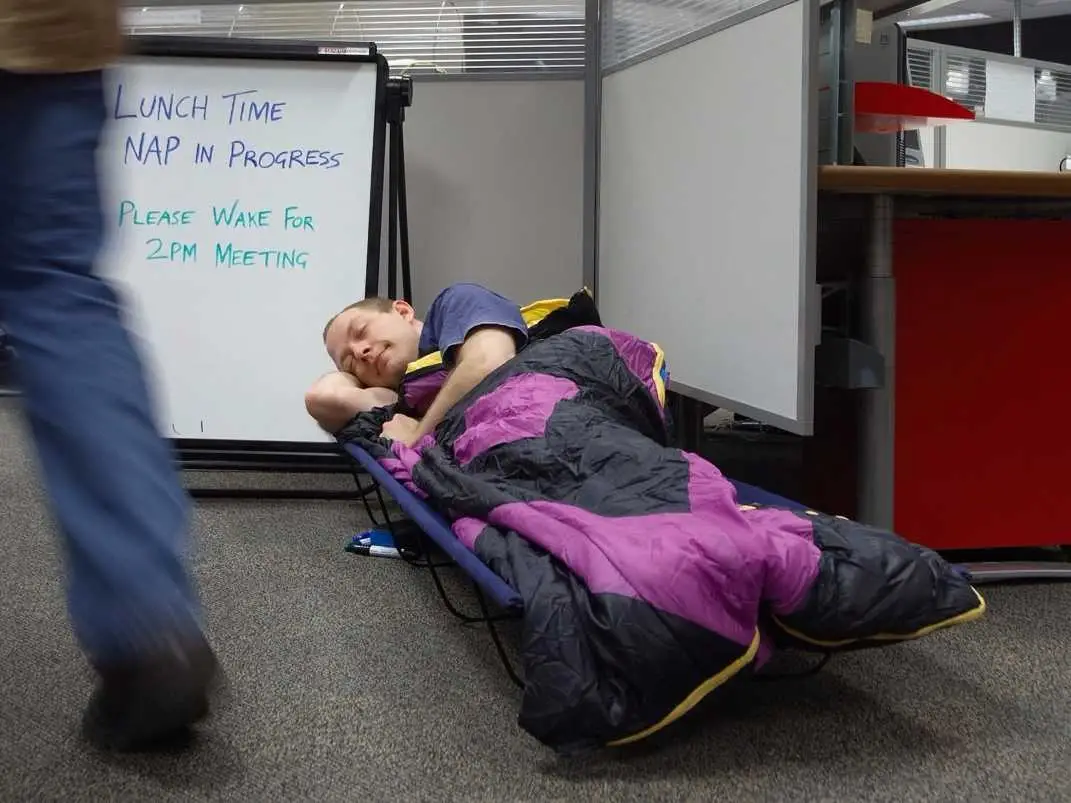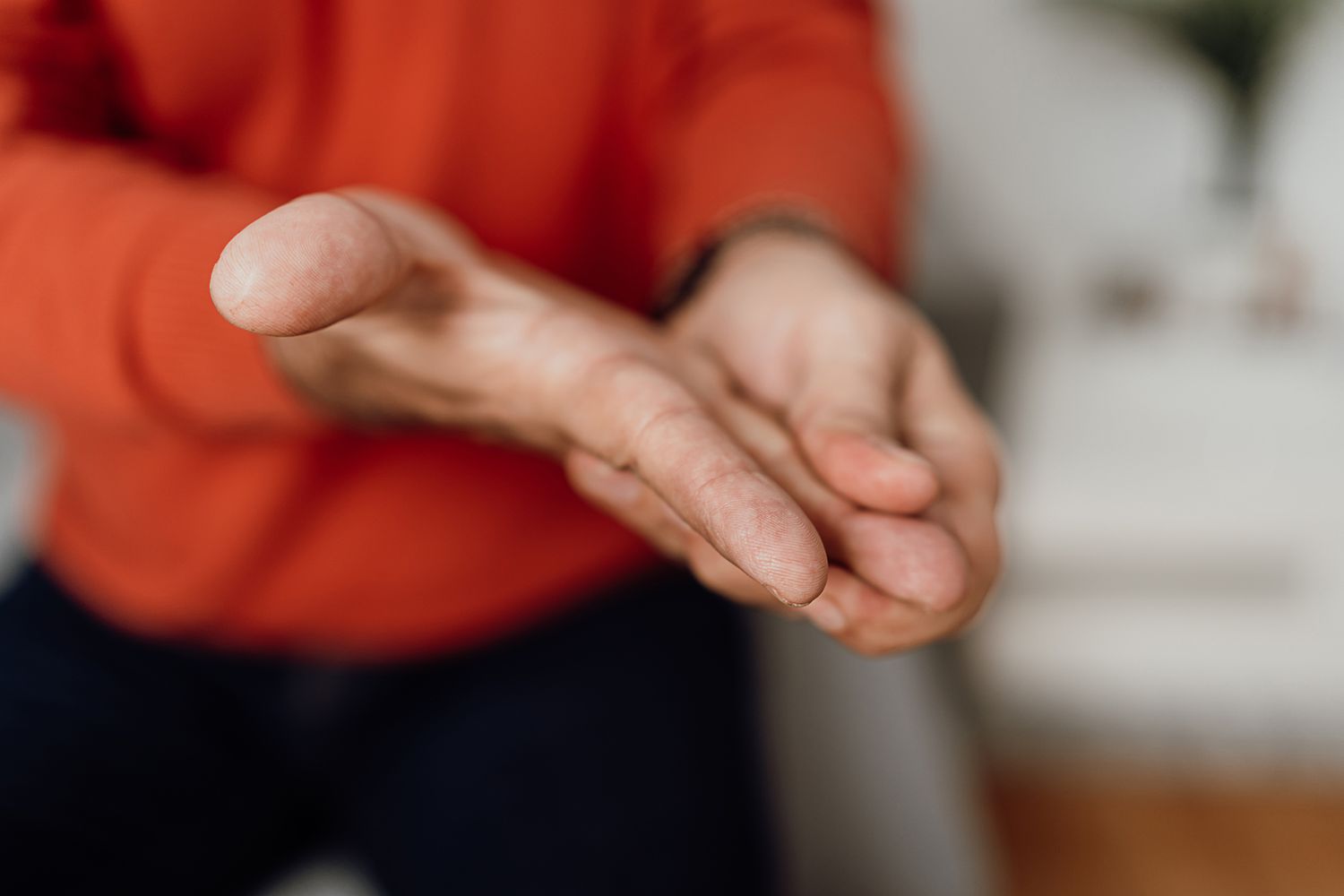
The Post-Meal Nap: Habit or Hidden Biology
Feeling drowsy after eating is one of the most universal human experiences. The post-meal slump is not a sign of laziness but a reflection of how the body allocates energy. After food intake, digestion becomes the priority. Blood flow shifts from the brain and muscles to the stomach and intestines, reducing alertness as the body directs oxygen and nutrients to break down and absorb food. Many cultures have turned this natural decline in energy into a daily ritual through the afternoon nap, blending habit with biology.
The timing of this sleepiness is not random. It aligns with a drop in circadian alertness that occurs roughly eight hours after waking. Combined with the metabolic demands of digestion, this makes the early afternoon an optimal window for rest.
Why eating makes you sleepy
Food composition influences how strongly you feel the post-meal dip. Meals rich in carbohydrates and tryptophan-containing proteins, such as those found in oats, spinach, and turkey, raise levels of serotonin in the brain (Young 2007). Serotonin is then converted into melatonin, the hormone that induces relaxation and sleep.
At the same time, the parasympathetic nervous system, known as the rest-and-digest branch, becomes active after eating. This system slows heart rate, increases gut activity, and encourages a state of calm that supports efficient digestion. The more your body leans into digestion, the more energy it diverts away from wakefulness.
High-carbohydrate meals intensify this effect because glucose spikes can trigger insulin release, which increases the uptake of amino acids other than tryptophan. This allows more tryptophan to reach the brain and enhances melatonin synthesis (Richard et al. 2009). As a result, the classic “food coma” is a physiological sequence rather than a coincidence.
The short guide
If you feel tired after lunch
Plan for a short nap or mental break between 12:30 and 2:00 p.m. This period corresponds to a natural circadian lull and allows your body to digest efficiently.
If you experience reflux or bloating
Wait one to two hours after eating before lying down completely. Resting on your left side once digestion starts can reduce acid reflux and support stomach emptying.
If you want to maximize focus
Keep naps brief. Limit rest to 20 to 30 minutes to prevent grogginess caused by entering deeper sleep stages. Short naps improve alertness without disrupting nighttime sleep (Mednick et al. 2008).
If you exercise regularly
A short nap after eating and training supports recovery by lowering cortisol and stimulating growth hormone release, both of which aid muscle repair and energy balance.
The science behind the post-meal nap
Circadian rhythm connection: The body’s alertness naturally drops during the early afternoon. This is driven by the interaction between homeostatic sleep pressure and circadian rhythm, both of which encourage rest after extended wakefulness (Czeisler et al. 1981).
Digestive energy demand: Post-meal thermogenesis, or the rise in energy expenditure during digestion, can increase metabolism by 10 percent. The shift in blood flow to the gastrointestinal tract leads to less oxygen delivery to the brain, reinforcing the need for rest.
Neurochemical changes: After eating, insulin and tryptophan metabolism alter neurotransmitter balance, promoting serotonin and melatonin production, which reduce arousal.
Hormonal recovery: Napping shortly after eating can normalize cortisol and ghrelin levels, stabilizing stress and appetite regulation.
Practical nap strategies for better recovery
- Eat balanced meals with moderate carbohydrates, lean proteins, and healthy fats to avoid extreme glucose spikes.
- Rest 60 to 120 minutes after finishing your meal to support digestion before reclining fully.
- Keep naps under 30 minutes for alertness or extend to a full 90-minute sleep cycle if more recovery is needed.
- Nap on your left side to support digestion and reduce acid reflux risk.
- Avoid caffeine or chocolate immediately after eating to prevent interference with melatonin production.
When to seek medical advice
If post-meal fatigue is excessive or accompanied by dizziness, headaches, or abnormal sleepiness, it may signal underlying issues such as insulin resistance or sleep apnea. Consult a clinician if symptoms persist despite balanced meals and proper rest habits.
The takeaway
The post-meal nap is not just a cultural habit but a biological rhythm supported by physiology. Eating activates hormonal and neurological changes that promote rest and recovery. By aligning your nap timing, meal composition, and body position with your internal clock, you can use this natural window to restore energy, improve digestion, and enhance overall well-being.
References
Czeisler CA, Weitzman ED, Moore-Ede MC, Zimmerman JC and Knauer RS 1981 Human sleep: its duration and organization depend on its circadian phase. Science 210(4475):1264–1267. https://doi.org/10.1126/science.7434029
Faraut B, Andrillon T, Vecchierini MF and Leger D 2011 Napping: a public health issue. From epidemiological to laboratory studies. Sleep Medicine Reviews 15(3):123–131. https://doi.org/10.1016/j.smrv.2010.02.001
Hartmann E 1982 Effects of L-tryptophan on sleepiness and on sleep. Journal of Psychiatric Research 17(2):107–113. https://doi.org/10.1016/0022-3956(82)90013-3
Khoury RM, Camacho-Lobato L, Katz PO, Mohiuddin MA and Castell DO 1999 Influence of spontaneous sleep positions on nighttime reflux in patients with gastroesophageal reflux disease. American Journal of Gastroenterology 94(8):2069–2073. https://doi.org/10.1111/j.1572-0241.1999.01361.x
McCorry LK 2007 Physiology of the autonomic nervous system. American Journal of Pharmaceutical Education 71(4):78. https://doi.org/10.5688/aj710478
Mednick SC, Cai DJ, Kanady J and Drummond SPA 2008 Comparing the benefits of naps and caffeine on memory and learning. Journal of Sleep Research 17(1):43–47. https://doi.org/10.1111/j.1365-2869.2008.00636.x
Richard DM, Dawes MA, Mathias CW, Acheson A, Hill-Kapturczak N and Dougherty DM 2009 L-tryptophan: basic metabolic functions, behavioral research, and therapeutic indications. International Journal of Tryptophan Research 2:45–60. https://doi.org/10.4137/IJTR.S2129
Schmid SM, Hallschmid M, Jauch-Chara K, Wilms B, Benedict C and Born J 2011 Short-term sleep loss decreases physical activity under free-living conditions but does not affect energy expenditure. American Journal of Clinical Nutrition 93(6):1229–1236. https://doi.org/10.3945/ajcn.110.006460
Tentolouris N, Pavlatos S, Kokkinos A et al. 2011 Diet-induced thermogenesis and substrate oxidation are not different between lean and obese women after two different isocaloric meals. Metabolism 60(9):1364–1371. https://doi.org/10.1016/j.metabol.2011.02.001



















